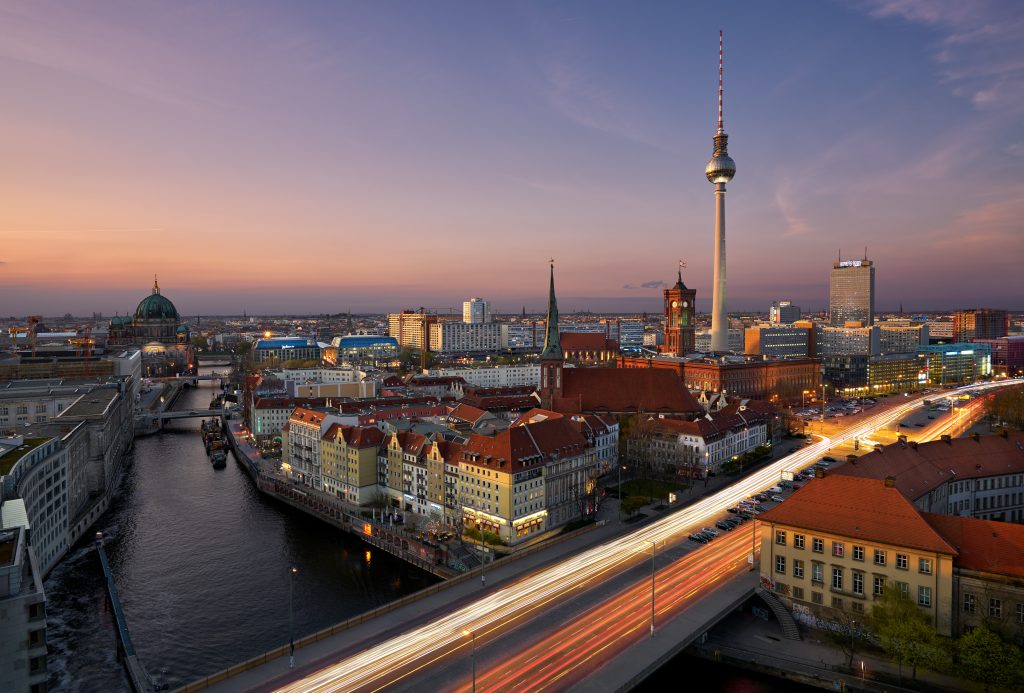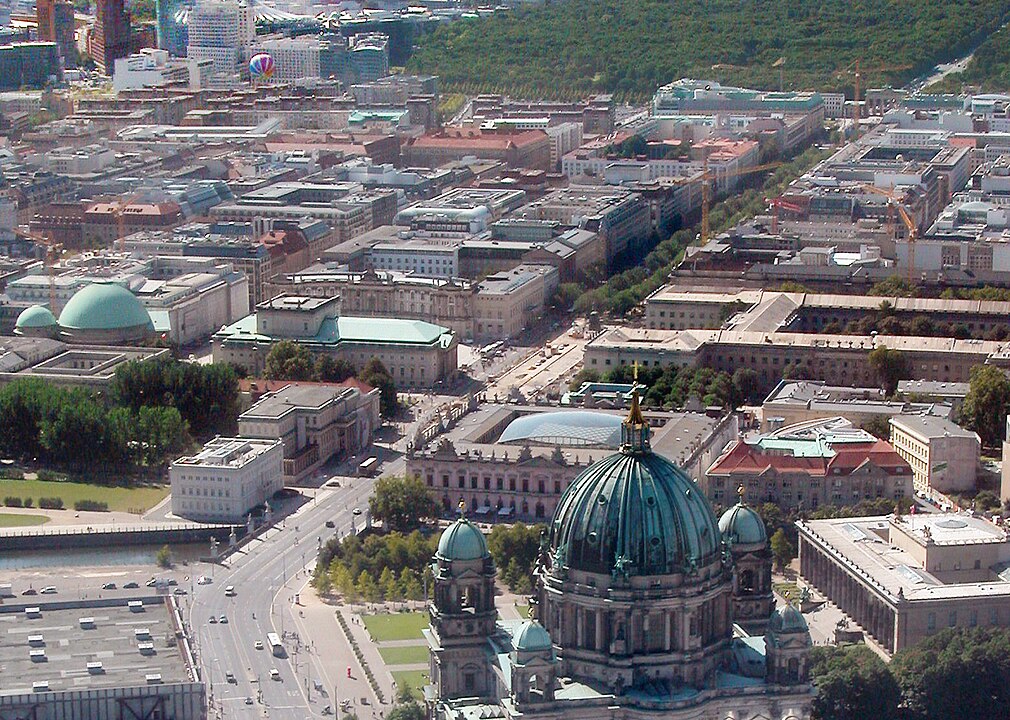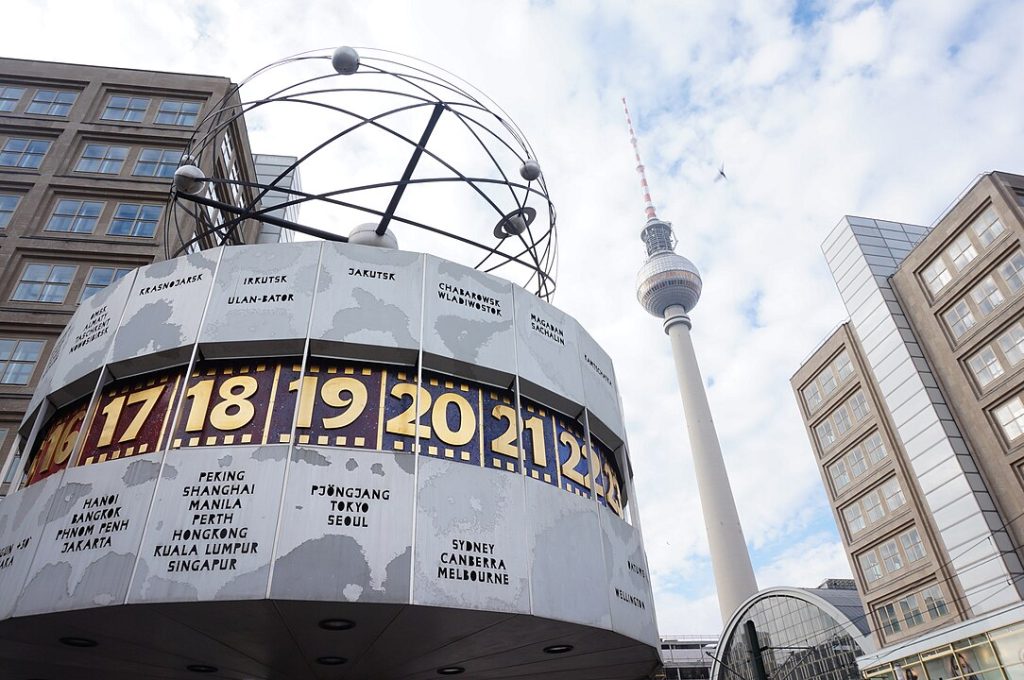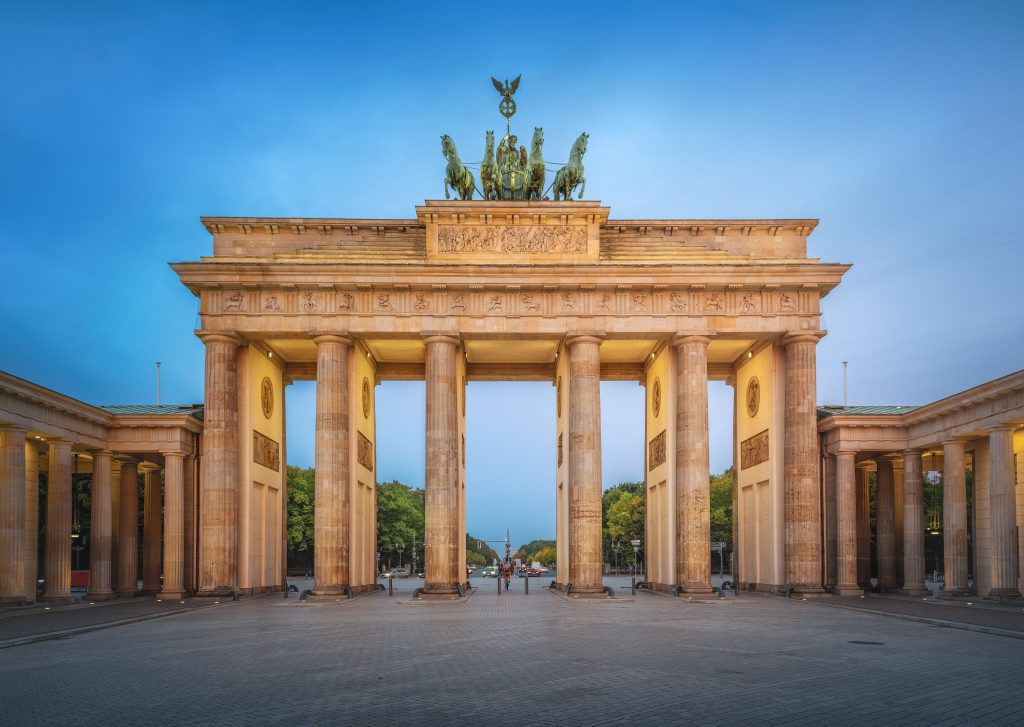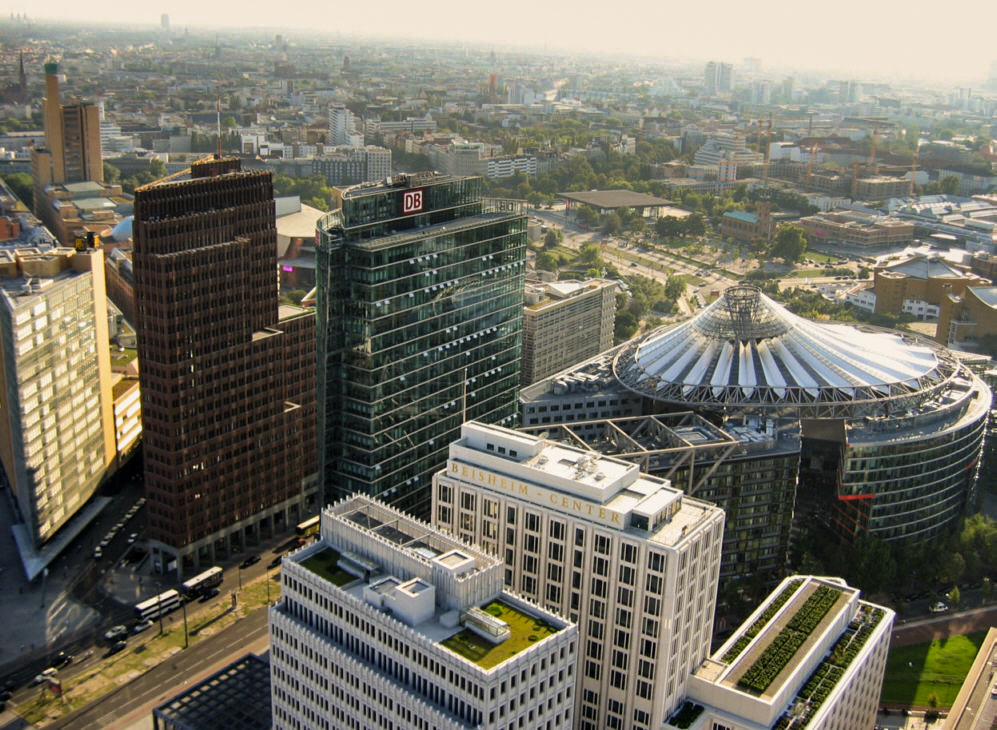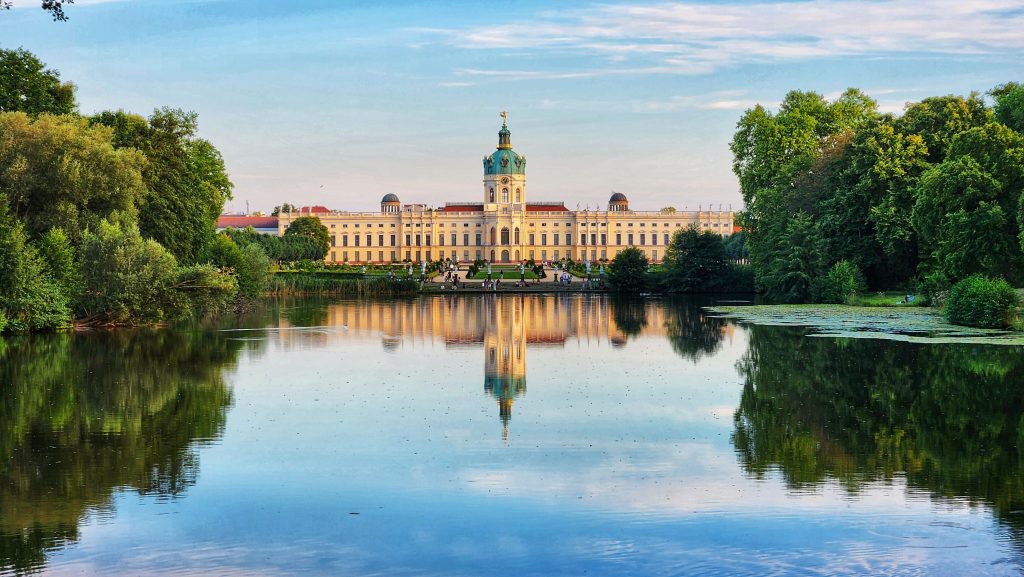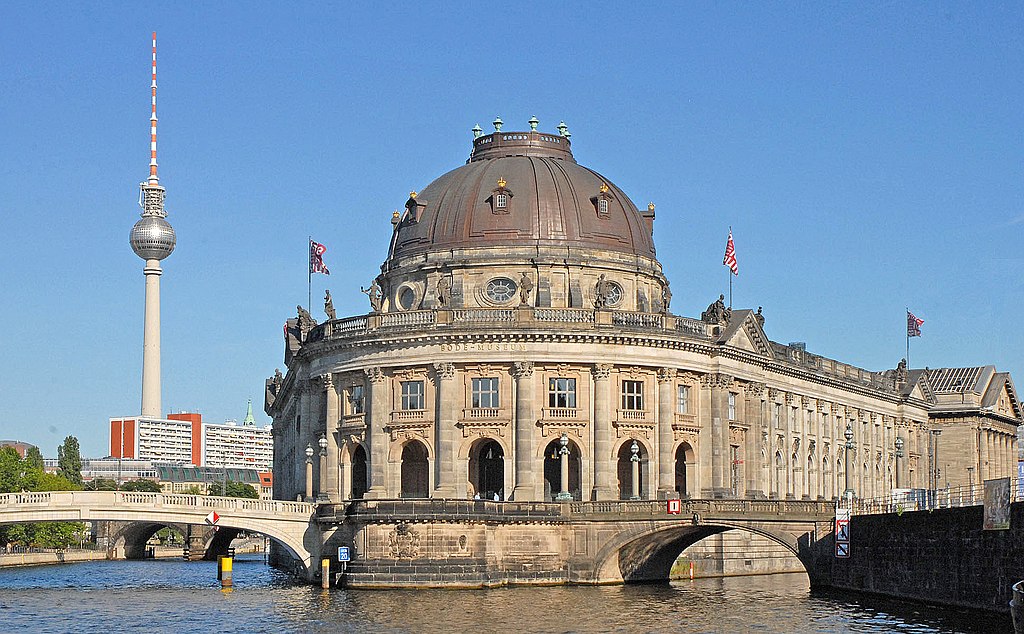- 1️⃣ Introduction - Berlin's spiritual and architectural landmark
- 2️⃣ History of Berlin Cathedral - from medieval to neo-baroque
- 3️⃣ Architecture and style - Neo-Baroque in full swing
- 4️⃣ Interior of the temple - organ, altar and Hohenzollern crypt
- 5️⃣ War damage and reconstruction - the road to former glory
- 6️⃣ Berliner Dom today - masses, concerts and tourist attractions
- 7️⃣ View from the dome - Berlin skyline from above
1️⃣ Introduction - Berlin's spiritual and architectural landmark
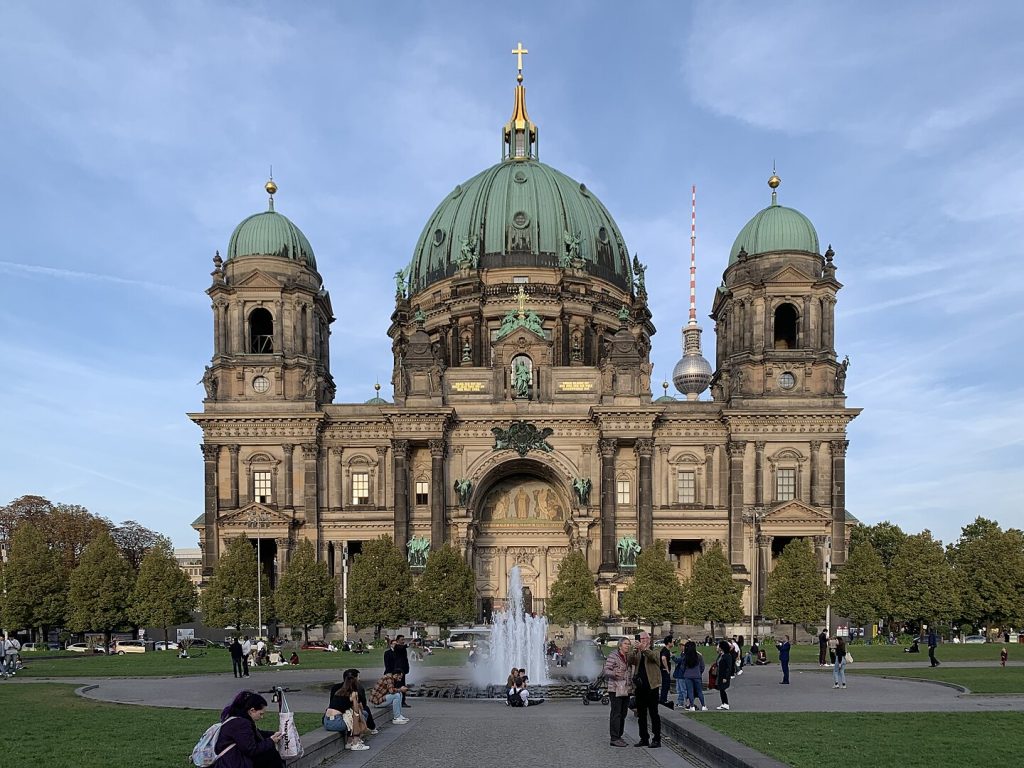
In the heart of the German capital, on the Museum Island (Museumsinsel), rises a monumental building that for years has attracted the eyes of tourists and locals alike - the Berlin Cathedral, i.e. Berliner Dom. It is not only the largest temple Protestant Germany, but also one of the most recognizable works of sacred architecture in the style of the neo-baroque Europe. Its huge dome dominates Berlin's skyline, serving as a symbol of spirituality, history and majestic architectural art.
Although it is not cathedral in the strict sense (it does not house a bishopric), Berliner Dom plays an extremely important role both religiously and culturally. The place connects sacrum with the history of Prussia and the Hohenzollern dynasty, and at the same time is a space open to all - believers, art lovers and ordinary strollers visiting downtown Berlin.
2️⃣ History of Berlin Cathedral - from medieval to neo-baroque
🏙 Berlin from classical to alternative
👉 Berlin's top 15 attractions
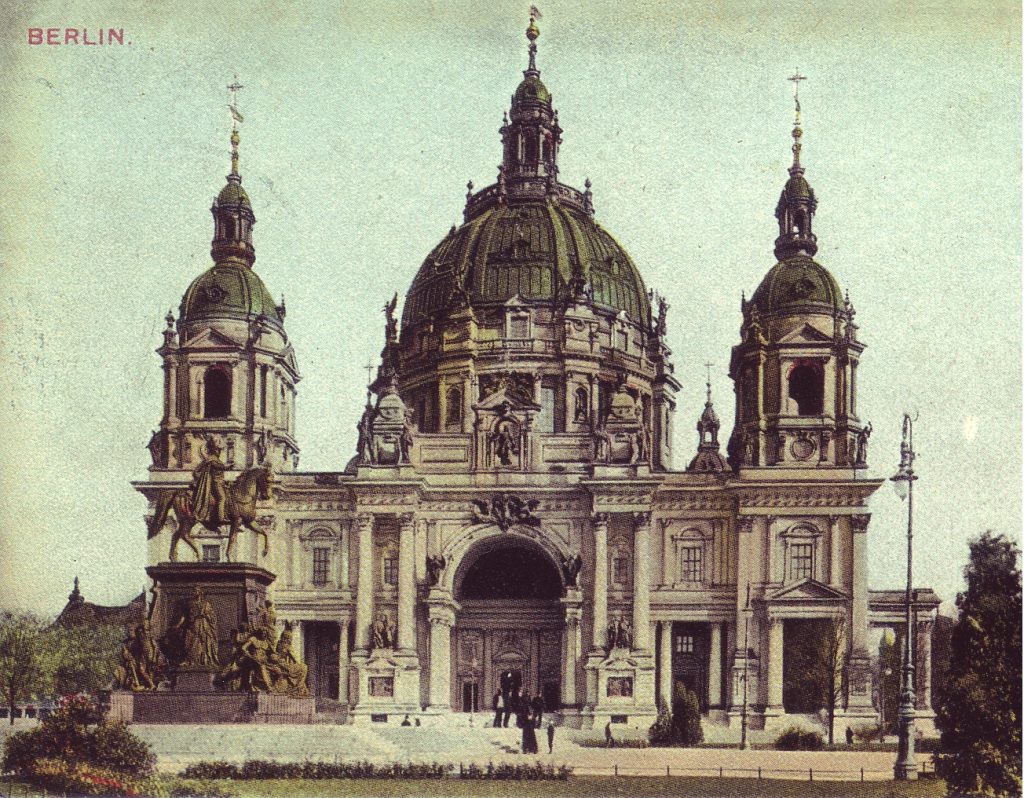
The History of Berliner Dom is a fascinating story about the spiritual, political and architectural changes that have accompanied the development of Berlin over the centuries:
💠 Origins in the Middle Ages
The first church on the site was built as early as the 15th century as a Gothic parish church. From 1539, after the Reformation was adopted, it became the main Protestant church in Brandenburg.
💠 Baroque metamorphosis
In the 18th century, at the behest of King Frederick the Great, the temple was rebuilt in the Baroque style to suit the trends of the time and the growing importance of Berlin.
💠 Birth of a monumental cathedral
In years 1894-1905 The current building, designed by Julius Carl Raschdorff. Its monumental form with a massive dome was meant to symbolize prestige German Empire and the strength of the Evangelical Church.
💠 War damage
In 1944, the cathedral was severely damaged by Allied air raids. Part of the dome collapsed and the interior was destroyed. For decades the building stood neglected and forgotten.
💠 Renovation and new life
It was not until the 1970s that gradual restoration began. The work took many years, and the ceremonial completion of the restoration took place in the 1993. Since then, the Berliner Dom has once again been resplendent in its former splendor.
3️⃣ Architecture and style - Neo-Baroque in full swing
🕊 Symbol of peace and division
👉 Brandenburg Gate - an icon of Berlin
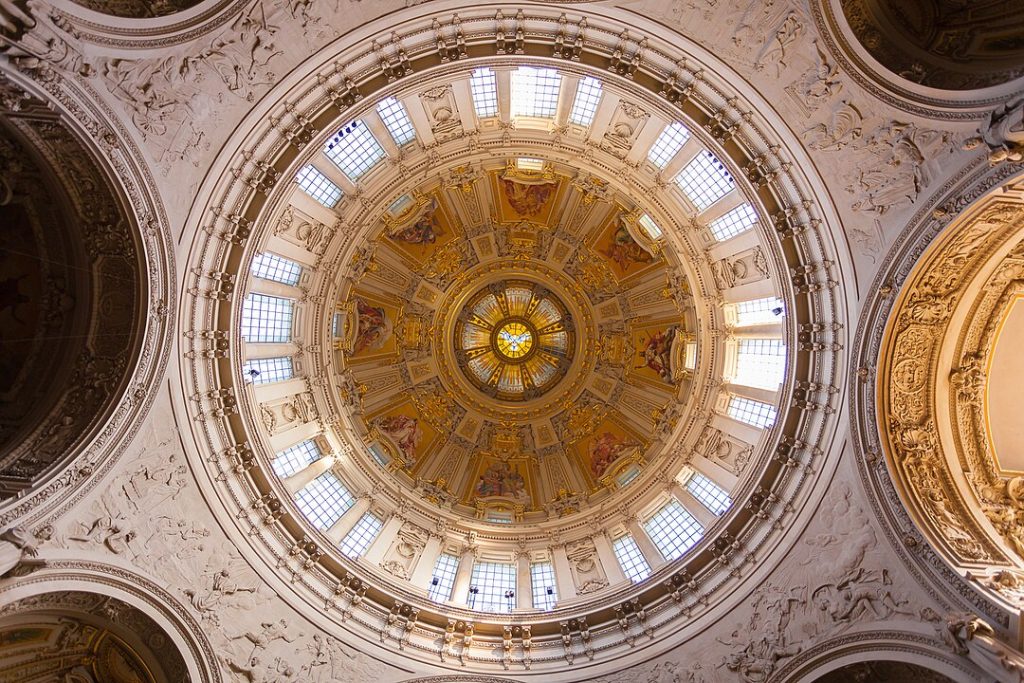
The Berlin Cathedral impresses not only by its scale, but above all by its stylistic consistency and richness of detail. It is a true masterpiece neo-baroque, a trend that alluded to Baroque splendor with panache, but using then-modern technical solutions.
💠 The monumental dome - a landmark of Berlin
The central dome of the cathedral, with a height as high as 98 meters, dominates the surrounding area and is perfectly visible from many points in the city. Its construction was inspired by St. Peter's Basilica in Rome - a conscious reference to majesty and spiritual power. It is covered with patinated copper on the outside, while inside it is decorated with paintings and ornaments in gold. The observation deck around the dome today provides a panoramic view of Berlin.
💠 Facade full of sculptural artistry
The front of the building exudes power - it is decorated with massive columns, sculptures of apostles, biblical figures and elaborate friezes. The entrance portal is a true work of art - it invites the faithful and tourists into the interior, which is not inferior in splendor to the facade. Elements of classical architecture are combined here with rich ornamentation, creating a composition full of symbolism and meaning.
💠 Interior - gilded splendor and harmony of forms
The interior of the Berliner Dom is stunning symmetry, light and detail. Gilded vaults, marble columns, an elaborate pulpit and a baroque main altar create a space that overwhelms in size, yet inspires awe. At the heart of the temple are the mighty Sauer's organ with more than 7,000 pipes - some of the largest in Germany, regularly used in concerts.
The Neo-Baroque style in the Berlin Cathedral was not only meant to inspire aesthetic rapture. It was also meant to clearly communicate: This is where the sacred, power and the people meet. And indeed - the architecture of the temple perfectly captures the spirit of the Imperial German era.
4️⃣ Interior of the temple - organ, altar and Hohenzollern crypt
🌳 A walk under the lindens and history
👉 Unter den Linden - the representative avenue of Berlin
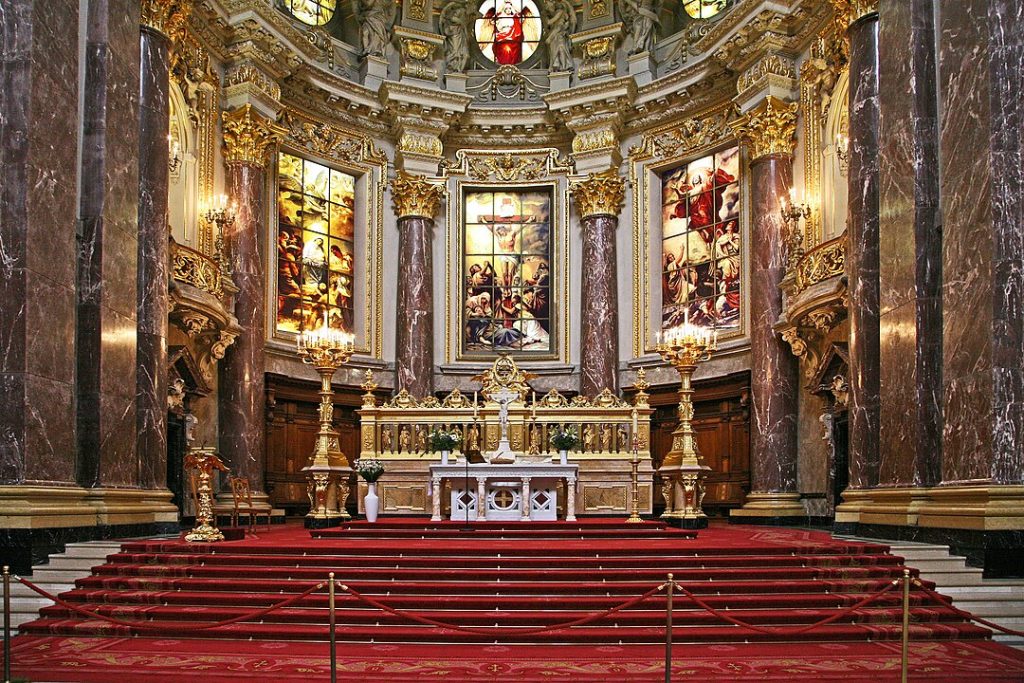
Stepping inside the Berliner Dom is like crossing the threshold of another world - a world of monumental art, spirituality and imperial splendor. The Neo-Baroque aesthetics here are stunning in every detail, from the vaulting to the floor.
💠 The main altar - the spiritual center of the cathedral
The altarpiece, made of white marble and decorated with gilding, is the work of Friedrich August Stüler. It depicts the scene of the Last Supper and is surrounded by columns of dark marble. With adequate lighting and open space, it draws the eye from the entrance, serving not only a liturgical function, but also an artistic one.
💠 Sauer organ - the power of sound
In the back of the church is one of the largest and most beautiful organs in Germany, built by the Wilhelm Sauer 1905. The instrument has more than 7,000 pipes and continuously impresses with their sound during services and concerts. Their sound filling the interior of the cathedral is an experience not to be forgotten.
💠 Hohenzollern crypt - the royal resting place
Beneath the main nave is one of the most important historical parts of the temple - the Hohenzollerngruft, or the crypt of the Hohenzollern dynasty. More than 90 members of the family rest here, including King Frederick I of Prussia and his wife Sophie Charlotte. The sarcophagi vary in size and form - from modest coffins to richly decorated tombs, which are works of art in themselves.
The interior of the cathedral is not only a sacred space, but also a testimony to the Germany's spiritual and political heritage. Every detail - from the gilded ornament to the tombstone - tells a story of faith, art and power that have intertwined over the centuries.
5️⃣ War damage and reconstruction - the road to former glory
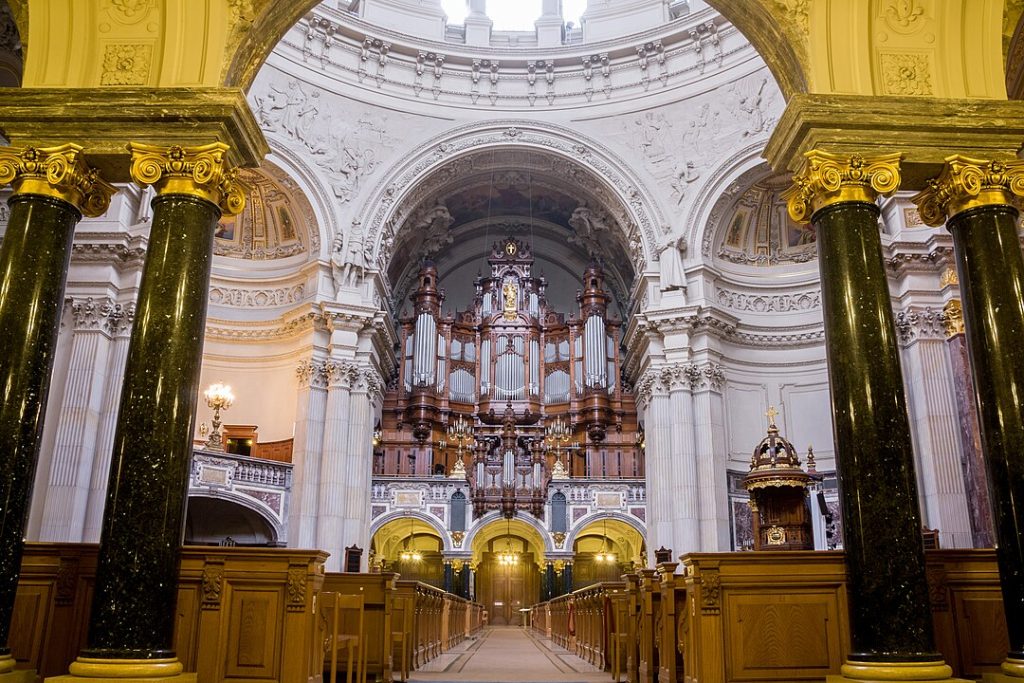
Although today Berliner Dom impresses with its monumentality and attention to detail, it was not always so. In the 20th century, the temple went through one of the most difficult periods of its history - a time of destruction, oblivion and slow revival.
💠 World War II - a blow to the heart of the temple
During the Allied air raids on Berlin in the 1944, the cathedral was severely damaged. One of the bombs pierced the dome and caused a fire that destroyed much of the interior. Charred pews, cracked walls, ruined organs - this is what the heart of Protestant Berlin looked like after the war.
💠 GDR period - long years of silence
After the war, located in eastern part of Berlin The cathedral came under the control of the East German authorities. Over the years, the building was secured, but not rebuilt. Parts of the structure - including the outdoor burial chapel - were dismantled, and the monumental dome remained damaged for a long time. The cathedral became a silent symbol of the lost splendor and division of the city.
💠 Rebuilding and reopening
Only in 1975 conservation work began, which in time evolved into a comprehensive restoration. The process took many years and was only completed in 1993 - After the reunification of Germany. Although some elements (such as some frescoes and facade details) have not been fully restored, the cathedral has regained its former splendor and has once again become one of Berlin's most important buildings.
Today's Berliner Dom is not only a symbol of the religion and architecture, but also testimony of survival, perseverance and memory of the dramatic history of the 20th century. Rebuilt from the ruins, it once again serves its original function - connecting people, inspiring and reminding how important cultural heritage is.
6️⃣ Berliner Dom today - masses, concerts and tourist attractions
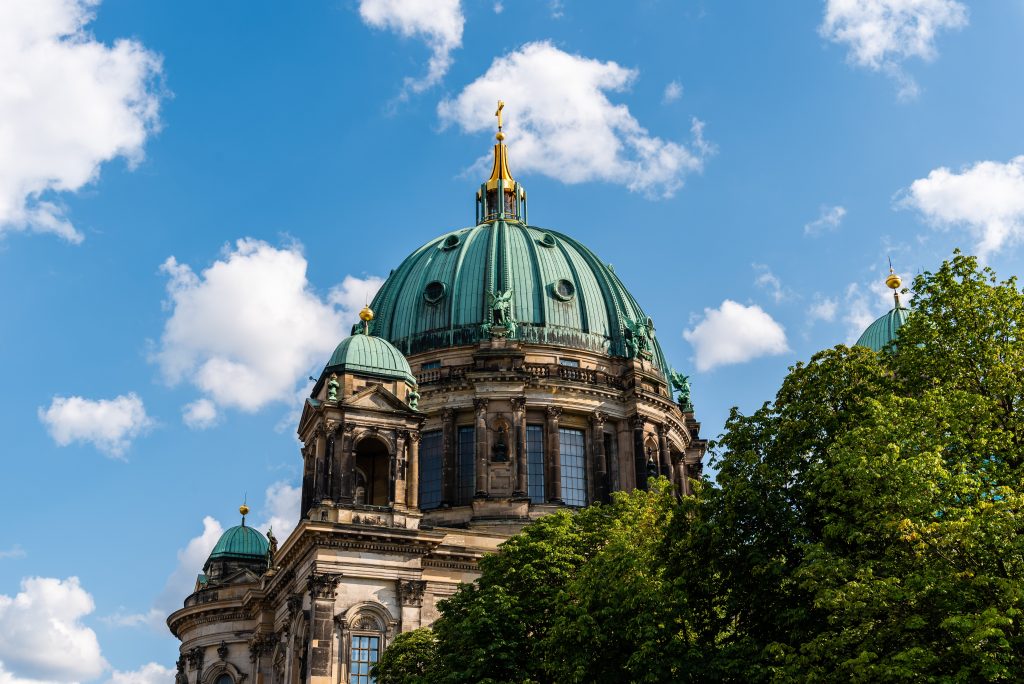
After years of reconstruction and renovation Berlin Cathedral has regained its rightful place on the spiritual, cultural and tourist map of Germany's capital. Today it is a living temple, a place of prayer, concerts and meetings of people from all over the world.
💠 Place of worship and center of parish life
Berliner Dom serves as the main church of the Evangelical Church of Germany. Regularly held here are services, religious ceremonies and baptisms and weddings. Although the cathedral attracts tourists, it is still primarily a spiritual space where Berliners gather for prayer and reflection.
💠 Concerts and music events
With its exceptional acoustics and impressive Sauer organ, the cathedral is also a recognized venue for sacred and classical music. Throughout the year there are numerous concerts - both intimate and large-scale. Evening events by candlelight can create an unforgettable atmosphere.
💠 Tourist attraction with a view
Tourists from all over the world are eager to visit the temple to admire not only the interior, but also to enter the viewing terrace around the dome, which offers a breathtaking panorama of Berlin. Visitors can also go down to the Hohenzollern crypts, view exhibitions in the underground or take a guided tour.
Berliner Dom today is a masterful blend of the sacred and culture - a place that teems with life, without losing any of its spiritual significance. Anyone visiting Berlin should stop here at least for a moment - to listen to the silence, look up and feel the weight of history that has weathered the storms of the 20th century.
7️⃣ View from the dome - Berlin skyline from above
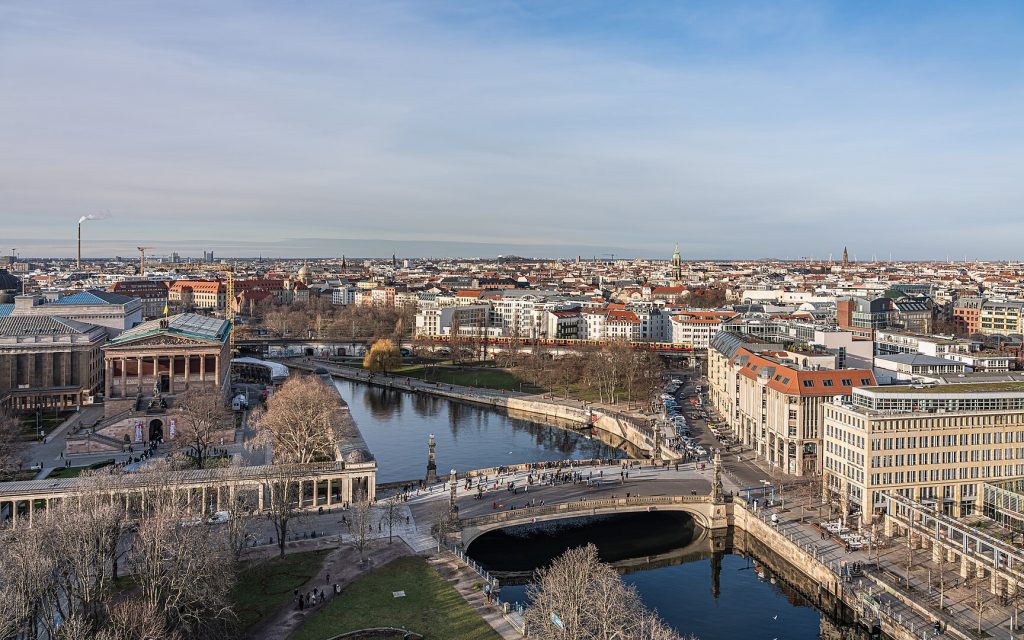
One of the greatest attractions of the Berlin Cathedral - literally and figuratively - is the opportunity to ascend to the observation deck located around its monumental dome. This is not only an aesthetic experience, but also a true journey into the city - from a perspective that cannot be seen from street level.
💠 Dominates the city
After covering about 270 steps of spiral staircase (no elevator!), visitors reach the gallery around the dome, from where the breathtaking view unfolds 360° view of Berlin. From here you can admire both the historic center of the city - Museum Island, the Spree River and Unter den Linden avenue - and the modern districts with the distinctive silhouette of the TV tower at Alexanderplatz.
💠 Architecture up close
From this height, you can also get an up-close view of the dome itself and the architectural details adorning it, which are almost invisible from below - carvings of angels, ornaments, patinated structural elements. This is a rare opportunity to see the craftsmanship of the architects and craftsmen from a different angle.
💠 The perfect place for photos and reflection
The observation deck is also the perfect setting for photos - both panoramic ones and personal souvenirs of your visit to Berlin. But it's also a place that invites a moment of silence and reflection - above the hustle and bustle of the city, among walls that have seen more than a few.
The entrance to the dome of the Berliner Dom is Not just a vantage point, but an experience. The effort you put into climbing is rewarded in the best possible way - a view that stays in your memory for a long time.
8️⃣ Interesting facts and lesser known facts about Berliner Dom
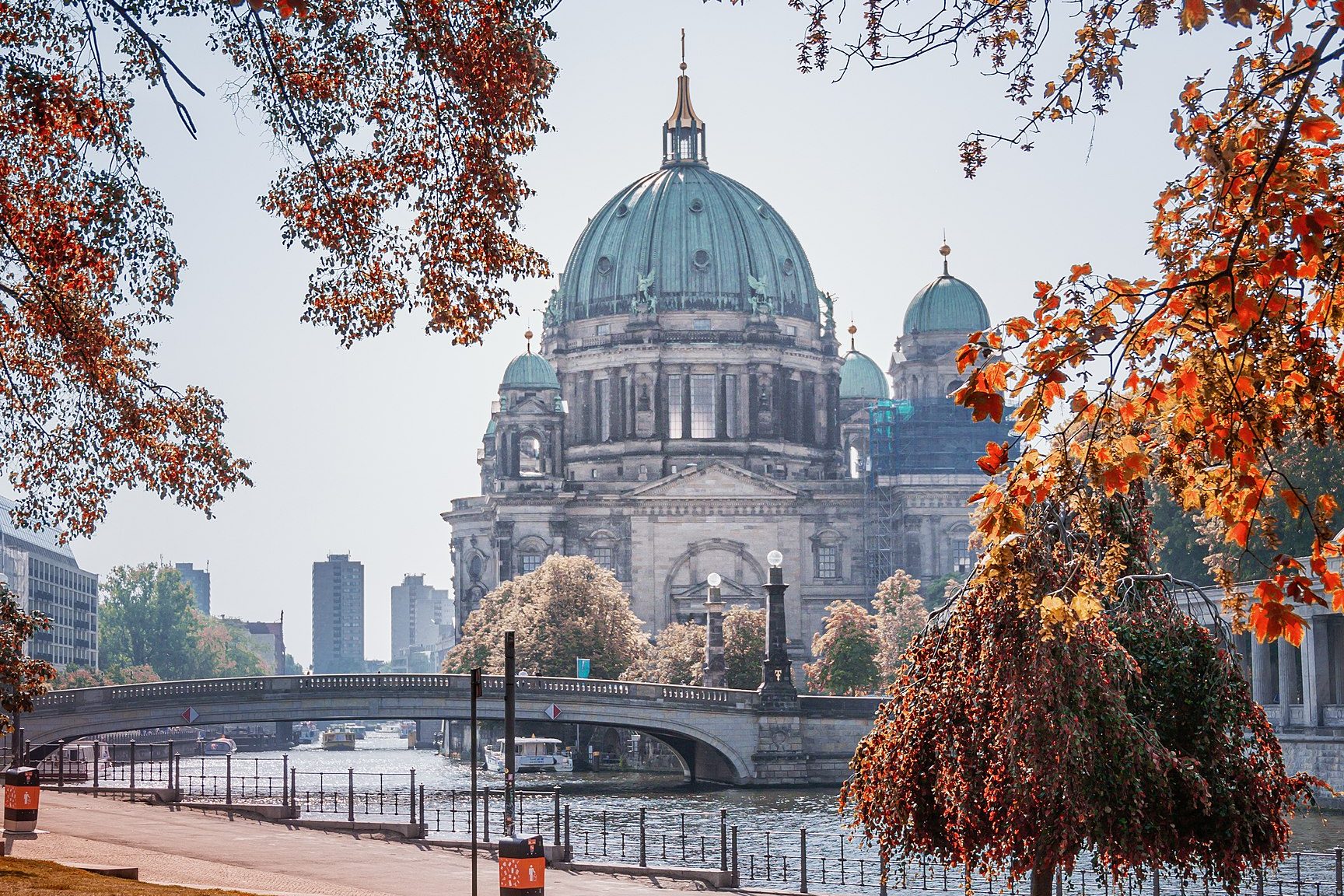
Behind the majestic facade and monumental interiors of the Berlin Cathedral are many interesting facts that are not always obvious to the average tourist. Here are a few that make Berliner Dom even more intriguing:
💠 It's not a "cathedral" in the strict sense
Despite its name, Berliner Dom is not the seat of the bishop - Thus, it is not technically a cathedral. The title was given to the temple because of its importance to the Evangelical Church and its monumental nature.
💠 A vestige of the division of Berlin
For decades after World War II, the cathedral was located in East Berlin and was a silent symbol of a city divided by a wall. Its destruction and long-standing ruin became a metaphor for the spiritual wasteland of the GDR era.
💠 Berlin's largest organ
Sauer's organ is not only the largest instrument in the cathedral, but the One of the largest and best-preserved Romantic organs in all of Germany. Interestingly - they survived the war almost intact.
💠 Dome on coins and stamps
The distinctive silhouette of the Berliner Dom dome has appeared many times on the German postage stamps and commemorative coins, as a symbol of Berlin next to the Brandenburg Gate.
💠 An altar older than the cathedral
The main altar was moved from the old church, which stood on this site before the construction of the current cathedral. It has more than 170 years and is one of the few fixtures that remember the time before the neo-Baroque reconstruction.
Berliner Dom is not just a monument - it's a living organism with a rich past and plenty of hidden stories. Even if you've seen it once, it's worth returning - and spotting something new.
9️⃣ Practical information for visitors
If you are planning a visit to Berlin, Berlin Cathedral should be on your list of must-see places. Here is some practical information to help you plan your visit.
💠 Location and access
Berliner Dom is located on Museum Island, at the Am Lustgarten 1, in the very center of Berlin. The nearest public transport stations are:
- U-Bahn: Museumsinsel (U5)
- S-Bahn: Hackescher Markt (S3, S5, S7, S9)
- Streetcars: M4, M5, M6 lines
💠 Opening hours
The cathedral is open daily, usually during the hours of 9:00-20:00 (in winter until 7:00 pm). The last entrance is possible one hour before closing. Access to parts of the temple may be restricted during services.
💠 Tickets and prices
The entrance to the cathedral and the dome is paid.
Prices (as of 2025):
- Adults: approx. 10 euros
- Discounted: approx. 7 euros
- Children under 18: free of charge
You can also purchase tickets online or on site (payment by card and cash).
💠 Sightseeing and amenities
Inside are available audio guides, also in Polish. The cathedral has toilets, an elevator for people with disabilities (but not to the dome), a gift store and a small cafe nearby.
💠 Best time to visit
If you want to avoid the crowds - come early morning or late afternoon. It can be crowded on weekends and holidays, especially during the summer season.
🔟 Summary - why visit the Berlin Cathedral?
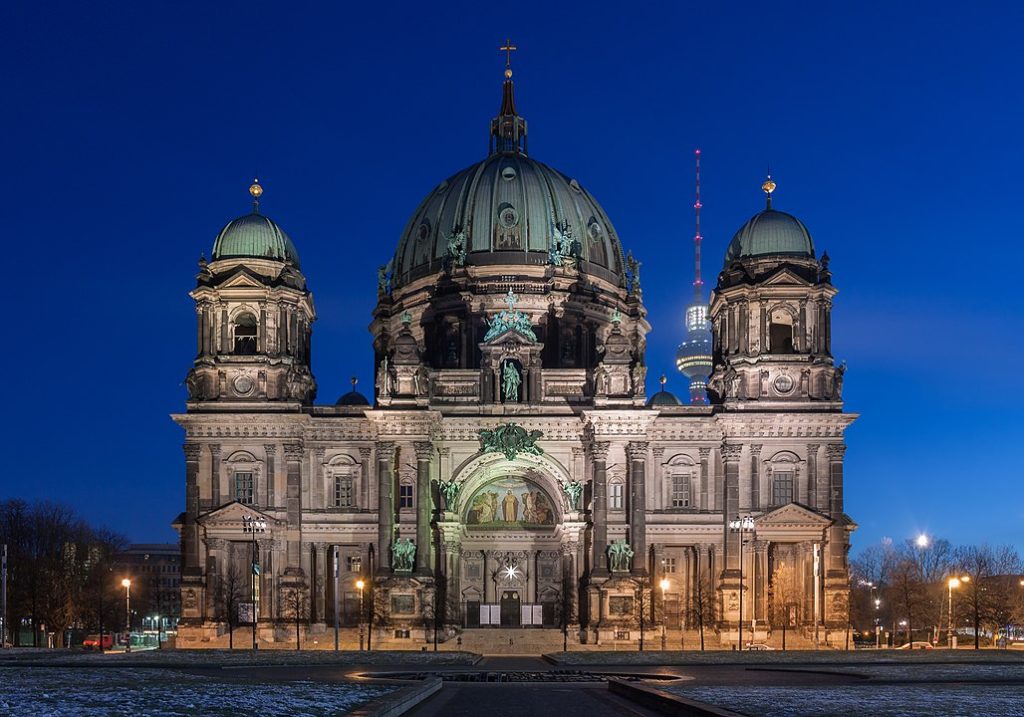
Berliner Dom is more than a church - it symbol of Berlin's history, a place where spirituality meets art, and architectural splendor tells the story of kings, wars and rebirth.
From the outside it catches the eye with its monumental dome, inside it enchants with its gilded interior and the power of the organ, and from the observation deck it allows you to see Berlin from a completely different perspective.
Whether you're a lover of history, architecture, music, or just a curious traveler - the A visit to Berliner Dom is an unforgettable experience.

